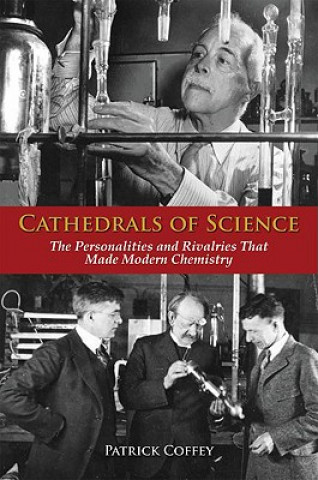
Code: 02536347
Cathedrals of Science
by Coffey, Patrick (Visiting Scholar, Office for the History of Science and Technology, University of California, Berkeley)
In Cathedrals of Science, Patrick Coffey describes how chemistry got its modern footing-how thirteen brilliant men and one woman struggled with the laws of the universe and with each other. They wanted to discover how the world w ... more
- Language:
 English
English - Binding: Hardback
- Number of pages: 400
Publisher: Oxford University Press Inc, 2008
- More about this

You might also like
-
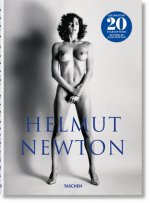
Helmut Newton SUMO
477.94 zł -9 % -
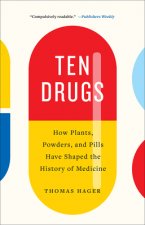
Ten Drugs
47.71 zł -23 % -
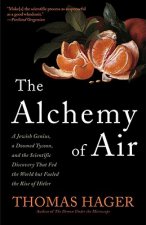
Alchemy of Air
79.90 zł -13 % -
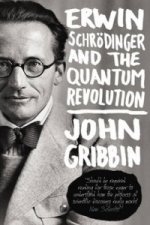
Erwin Schrodinger and the Quantum Revolution
61.73 zł -23 % -
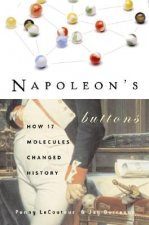
Napoleon'S Buttons
85.69 zł -10 % -

Greece - Culture Smart!
43.25 zł -23 % -
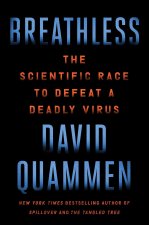
Breathless: The Scientific Race to Defeat a Deadly Virus
119.60 zł -10 %
Give this book as a present today
- Order book and choose Gift Order.
- We will send you book gift voucher at once. You can give it out to anyone.
- Book will be send to donee, nothing more to care about.
More about Cathedrals of Science
You get 161 loyalty points
 Book synopsis
Book synopsis
In Cathedrals of Science, Patrick Coffey describes how chemistry got its modern footing-how thirteen brilliant men and one woman struggled with the laws of the universe and with each other. They wanted to discover how the world worked, but they also wanted credit for making those discoveries, and their personalities often affected how that credit was assigned. Gilbert Lewis, for example, could be reclusive and resentful, and his enmity with Walther Nernst may have cost him the Nobel Prize; Irving Langmuir, gregarious and charming, "rediscovered" Lewis's theory of the chemical bond and received much of the credit for it. Langmuir's personality smoothed his path to the Nobel Prize over Lewis. Coffey deals with moral and societal issues as well. These same scientists were the first to be seen by their countries as military assets. Fritz Haber, dubbed the "father of chemical warfare," pioneered the use of poison gas in World War I-vividly described-and Glenn Seaborg and Harold Urey were leaders in World War II's Manhattan Project; Urey and Linus Pauling worked for nuclear disarmament after the war. Science was not always fair, and many were excluded. The Nazis pushed Jewish scientists like Haber from their posts in the 1930s. Anti-Semitism was also a force in American chemistry, and few women were allowed in; Pauling, for example, used his influence to cut off the funding and block the publications of his rival, Dorothy Wrinch. Cathedrals of Science paints a colorful portrait of the building of modern chemistry from the late 19th to the mid-20th century.
 Book details
Book details
Book category Books in English Technology, engineering, agriculture Technology: general issues Inventions & inventors
279.33 zł
- Full title: Cathedrals of Science
- Author: Coffey, Patrick (Visiting Scholar, Office for the History of Science and Technology, University of California, Berkeley)
- Language:
 English
English - Binding: Hardback
- Number of pages: 400
- EAN: 9780195321340
- ISBN: 0195321340
- ID: 02536347
- Publisher: Oxford University Press Inc
- Weight: 700 g
- Dimensions: 235 × 160 × 26 mm
- Date of publishing: 27. November 2008
Trending among others
-
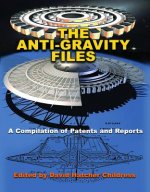
Anti-Gravity Files
90.46 zł -9 % -
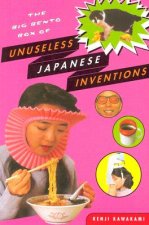
Big Bento Box of Unuseless Japanese Inventions
63.35 zł -8 % -
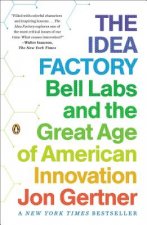
Idea Factory
47.71 zł -23 % -
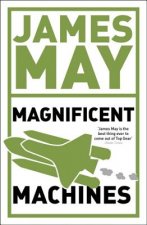
James May's Magnificent Machines
52.38 zł -23 % -
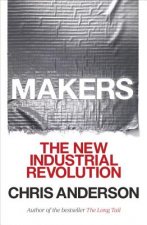
Makers
76.14 zł -13 % -
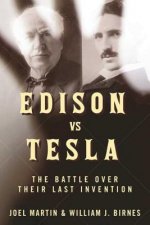
Edison vs. Tesla
100.51 zł -11 % -
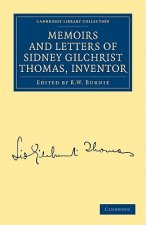
Memoirs and Letters of Sidney Gilchrist Thomas, Inventor
273.95 zł -
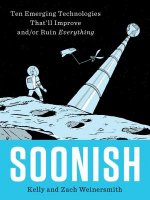
Soonish : Ten Emerging Technologies That'll Improve and/or Ruin Everything
118.69 zł -

20 Makey Makey Projects for the Evil Genius
130.77 zł -5 % -
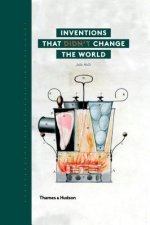
Inventions that Didn't Change the World
93.91 zł -23 % -
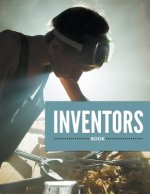
Inventors Book
67.31 zł -8 % -

Hans von Ohain
306.23 zł -

Ingenious Patents (Revised)
100.51 zł -11 % -
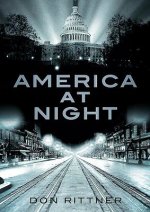
America at Night
70.97 zł -23 % -
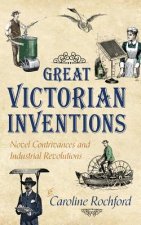
Great Victorian Inventions
79.80 zł -

My inventions
118.72 zł -
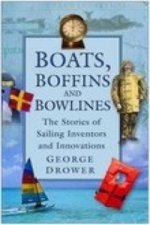
Boats, Boffins and Bowlines
52.79 zł -

Management von Innovationsnetzwerken unter Fokussierung von Kollaboration.
316.29 zł -
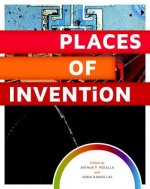
Places Of Invention
195.86 zł -

How to Invent
611.46 zł -
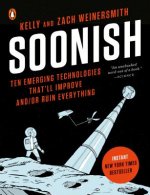
Soonish
104.37 zł -11 % -

Makers
104.88 zł -7 % -
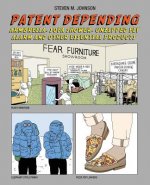
Patent Depending
116.25 zł -

Cycling Art, Energy and Locomotion - A Series of Remarks on the Development of Bicycles, Tricycles, and Man-Motor Carriages
121.94 zł -

New Geography of Innovation
89.45 zł -23 % -
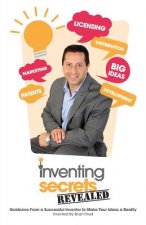
Inventing Secrets Revealed
102.65 zł -
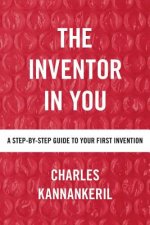
Inventor in You
82.34 zł -
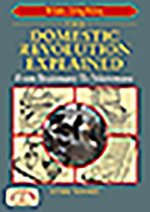
The Domestic Revolution Explained: From Brainwave to Microwave
104.47 zł -
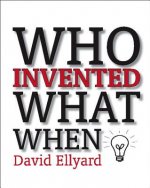
Who Invented What When
73 zł -

All About My Invention
147.63 zł -
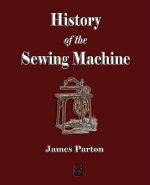
History of the Sewing Machine
40.30 zł -
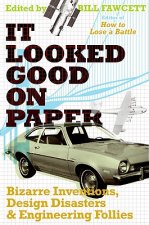
It Looked Good on Paper
59.49 zł -9 % -
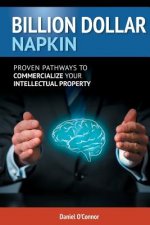
Billion Dollar Napkin
121.33 zł -8 % -

Inventors Journal
67.31 zł -8 % -
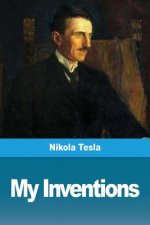
My Inventions
51.06 zł -2 % -
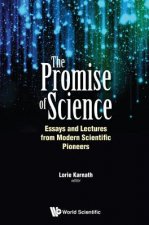
Promise Of Science, The: Essays And Lectures From Modern Scientific Pioneers
467.07 zł -
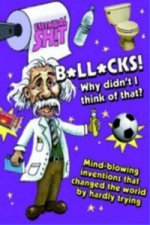
Bollocks! Why Didn't I Think of That?
45.99 zł -
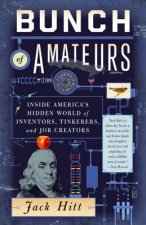
Bunch of Amateurs
64.16 zł -23 % -
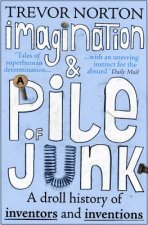
Imagination and a Pile of Junk
47.71 zł -23 % -
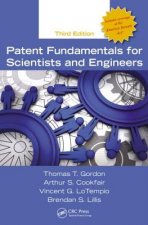
Patent Fundamentals for Scientists and Engineers
586.08 zł -
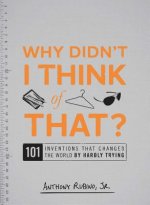
Why Didn't I Think of That?
58.98 zł -10 % -
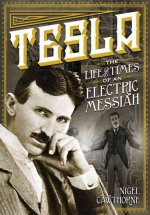
Tesla
75.23 zł -
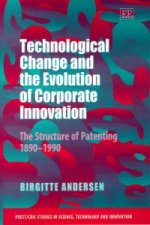
Technological Change and the Evolution of Corporate Innovation
567.60 zł -9 % -

Innovation Networks
542.11 zł -10 % -

ReMaking History Volume 2
124.07 zł -

Eine Methodik zur frühzeitigen Identifikation und Bewertung von potenziellen physischen Produktinnovationen.
221.85 zł -

Inventors
80.31 zł -23 % -
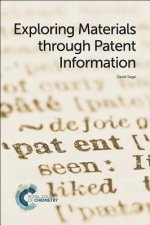
Exploring Materials through Patent Information
182.56 zł -
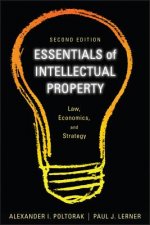
Essentials of Intellectual Property 2e - Law Economics, and Strategy
179.31 zł -9 %
safisfied customers
Since 2008, we have served long line of book lovers, but each of them was always on the first place.
Copyright! ©2008-24 libristo.pl All rights reservedPrivacyPoučení o cookies



 21 million books
21 million books Delivery 12.99 zł
Delivery 12.99 zł (32) 444 93 66 (8-15.30h)
(32) 444 93 66 (8-15.30h)